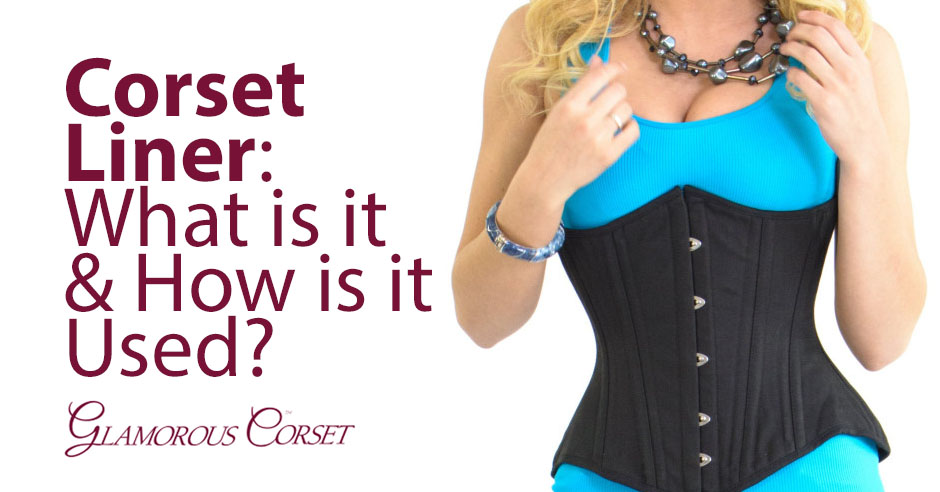Blog
Corset Liner: What Is It & How Is It Used?
They say that “behind every great man is a great woman.” While that’s debatable, there’s no denying what we’re here to tell you today: behind every great corset is a great corset liner.
If you’re new to the world of corseting, that might sound odd. After all, isn’t the most important thing the corset itself, with its steel bones and lacing? While a quality corset is key to successful waist-training, no one should be wearing a corset without a liner, whether it’s for waist-training or fashion purposes. Why? It all comes down to the science of your skin.
No matter how clean of a person you are, a mixture of sebum, otherwise known as body oil, sweat, and dead skin cells builds up every day to form a coating on your skin. In Ancient Rome, gladiators who survived the arena would strip this build-up off their skin with a tool called a strigil, then store it in tiny clay pots. Merchants would later sell these pots to rich women, who used the vile mixture as a face cream.
Luckily, that’s one Roman tradition that didn’t survive! Today, we just jump in the shower and throw our dirty clothes into the wash with plenty of hot water and soap. However, when it comes to cleaning your corset, it’s not quite that simple. In order to avoid any damage to the fabric or bones, corsets must be cleaned by hand. This usually involves wiping down the corset with a cloth, non-biological soap, and water, which is fine for wiping away a bit of grime, but not hours or days worth of body sweat.
By wearing a liner, you’ll avoid the majority of sebum, sweat, and dead skin cells from ever touching your corset. In turn, this will prolong the life of your corset by avoiding water damage or the need for harsh scrubbing.
So, what happens if you ignore these instructions and skip wearing a liner? Not only is it unhygienic, leading in some cases to body pimples or more serious skin infections, but it can also ruin your corset. Sweat is slightly acidic, and as it builds up over time, it will begin to break down the very fabric of your corset. From there, it won’t be long until you find your corset uncomfortable, ill-fitting, and ineffective.
While a thin tank top or t-shirt works well as a liner, others prefer to purchase an undergarment made specifically to wear under corsets. Typically, these are tube tops made of spandex, Lycra, or cotton, and have the added bonus of providing a bit of body-shaping to the wearer. That said, if you find yourself on a day where you can’t find your liner or it’s dirty, it’s far better to grab a thin tank or tee than to go without. A liner truly is the key to a long-term relationship with your corset!
Corset liners can be purchased at your local department store or online. In the future, we’ll be adding corset liners to our product line, but in the meantime, don’t hesitate to reach out to us with comments or questions. Also, don’t forget to follow us on Facebook and enter in our monthly corset giveaway!

My name is Rachel, I am the owner of Glamorous Corset, a small business founded by me in 2010. Back In 2005, I was in a car accident that left me with a herniated disk. Much to my surprise I learned steel boned corsets were beneficial to several medical injuries including mine. I was always intrigued with corsetry, their history and their beautiful aesthetic. I love sharing knowledge about corsets, educating my wonderful readers and breaking the negative stigma related to corsetry. In combination with my years of research and personal experience I hope my articles are useful and can help anyone who has struggled with some of the same things I have. More about me…


